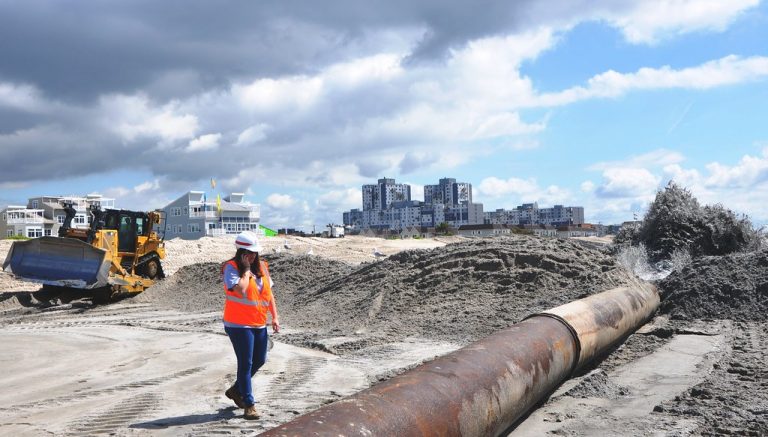Published on October 24, 2019

Someday soon, analysts will determine that a city or county, or maybe a school district or utility, is so vulnerable to sea level rise, flooding, drought or wildfire that it is an investment risk.
As ratings firms begin to focus on climate change, and investors increasingly talk about the issue, those involved in the market say now is the time for communities to make serious investments in climate resilience — or risk being punished by the financial sector in the future.
Governments large and small rely on the $3.8 trillion municipal bond market for much of their infrastructure work. When officials want to build a highway or a school — or a seawall or an emergency operations center — they often issue bonds, bringing in the money needed to complete the project.
Credit-rating firms have always acted conservatively, said Justin Marlowe, professor of Public Finance and Civic Engagement at UW’s Evans School of Public Policy & Governance. To some critics, that reluctance to downgrade preemptively is leaving the market unprepared for the onslaught of climate effects that so many local governments will face.
That’s the conundrum facing the municipal bond market right now: If the market fails to be proactive about future risks, it could lead to billions in ill-fated investments in communities at the forefront of climate change. But making it more expensive for governments with environmental liabilities to borrow money could prevent them from making the improvements needed to strengthen their infrastructure.
Continue reading at Governing.
Originally written by Alex Brown for Governing.